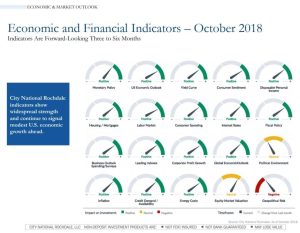
Protecting intellectual property is a crucial consideration for individuals and businesses looking to safeguard their creations. Two essential tools for protecting intellectual property rights are trademark and copyright registration. These processes provide legal benefits and exclusive rights to the creators, deterring others from using or profiting from their works without permission. In this article, we will delve into the importance of trademark and copyright registration, the differences between the two, and the process involved in obtaining these registrations.
Trademark Registration
A trademark is a symbol, phrase, design, word, or combination of these elements that differentiates a product or service from others in the market. Trademarks can be logos, brand names, slogans, or even distinctive packaging. By registering a trademark, the owner is granted exclusive rights to use the mark and prevent others from using similar marks in the same or closely related industries. This creates a brand identity and distinguishes products or services from competitors.
Trademark registration provides several advantages. It helps prevent confusion among consumers, as they can rely on the trademark as a mark of quality and source identification. Registered trademarks gain national protection, enabling owners to sue infringers and claim damages. Furthermore, registered marks can enjoy protection in foreign jurisdictions, providing global recognition and ensuring international businesses are not hindered by imitation.
The process of trademark registration involves filing an application with the appropriate intellectual property office. In the United States, this is the United States Patent and Trademark Office (USPTO). The application requires the applicant to demonstrate the distinctiveness of the mark and its association with the specific goods or services. Once filed, the USPTO examines the application for any conflicting marks or legal issues. If approved, the mark is published for opposition, allowing others to challenge the registration. If no opposition is raised, the mark is officially registered.
Copyright Registration
Copyright is a form of intellectual property protection granted to original works of authorship fixed in any tangible medium of expression. It includes literary, artistic, musical, architectural, and other creative works. Copyright registration is not required since the creator automatically owns the copyright to their work upon creation. However, registering a copyright provides additional legal benefits and evidentiary support in case of infringement disputes.
Registration establishes a public record of the work’s existence, ownership, and creation date. It serves as constructive notice to the public that the author has copyright protection in place, deterring potential infringers. Additionally, copyright registration is a prerequisite for filing an infringement lawsuit in most jurisdictions, enabling the author to claim statutory damages and attorney fees.
The process of copyright registration involves filling out an application, which typically includes details about the work, its author, and other relevant information. This application is submitted to the copyright office in the jurisdiction where protection is sought, such as the United States Copyright Office. Once the application is received, the office reviews and processes it, registering the copyright and issuing a certificate of registration to the author.
Conclusion
Trademark and copyright registration play vital roles in protecting intellectual property rights. Trademark registration safeguards brand identity by granting exclusive rights to use the mark and preventing others from using similar marks. Copyright registration provides additional legal benefits and evidentiary support for creative works, deterring potential infringement and enabling infringement claims to be pursued. By understanding the importance and processes involved in trademark and copyright registration, creators can effectively safeguard their intellectual property and focus on the productive development of their works.


